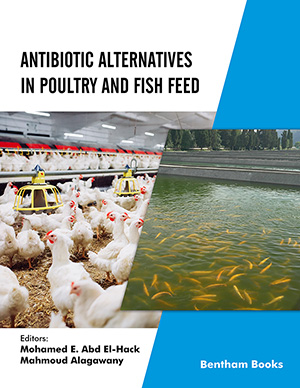Abstract
Obesity is a current public health issue and is considered as a disease when excessive accumulation of visceral fat leads to a chronic low-grade inflammatory state associated with high circulating levels of inflammatory markers, such as cytokines and acute-phase proteins, insulin resistance and cardiovascular diseases. Diet is the source of basic nutrients for life maintenance and other phytochemicals known as bioactive compounds (present both in vegetal and animal products) that are associated with health promotion and disease prevention. This review examines the most representative phytochemicals such as phytosterols, saponins, phenolic compounds and alkaloids in edible plants associated with obesity prevention/ treatment, the biological mechanisms associated with this process as well as the development of products for human health improvement and maintenance. The article presents some promising patents on edible plants, their secondary metabolites and antiobesogenic potential
Keywords: Edible plants, bioactive compounds, lipid metabolism, weight control, obesity, patent, Secondary Metabolites, cytokines, Diet, phenolic compounds, alkaloids, antiobesogenic potential, adipose tissue, weight, Antioxidant, (EI), (EE), Derwent Innovations IndexSM Database, (CNS), Leptin, (AgRP), (NPY), (-MSH), (PYY), SNC, (cAMP), (COMT), UCP-1, (PPAR), C/EBP, (ACOX), Phytosterols, Oryza sativa, Sitosterol, stigmasterol, cam-pestanol, Nuts, LDL, DAPP, C6-C3, Oleuropein, Soyasaponins, antipyretic, Citrus aurantium, Capsicum species, AMPK
 19
19


















